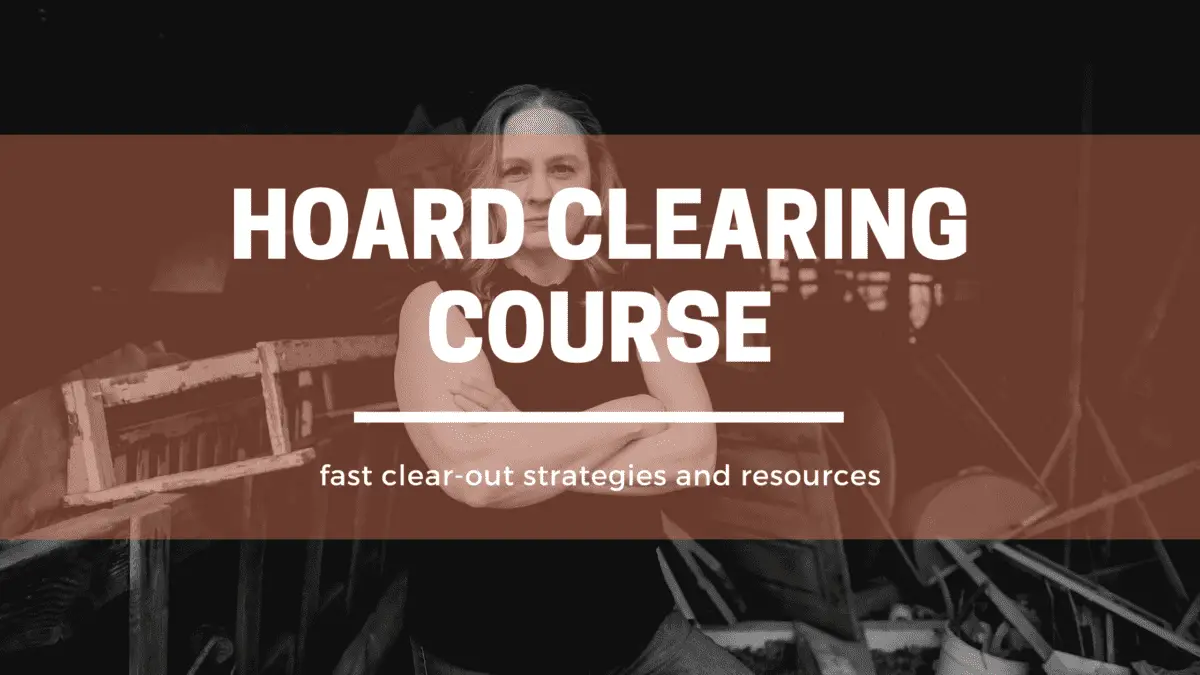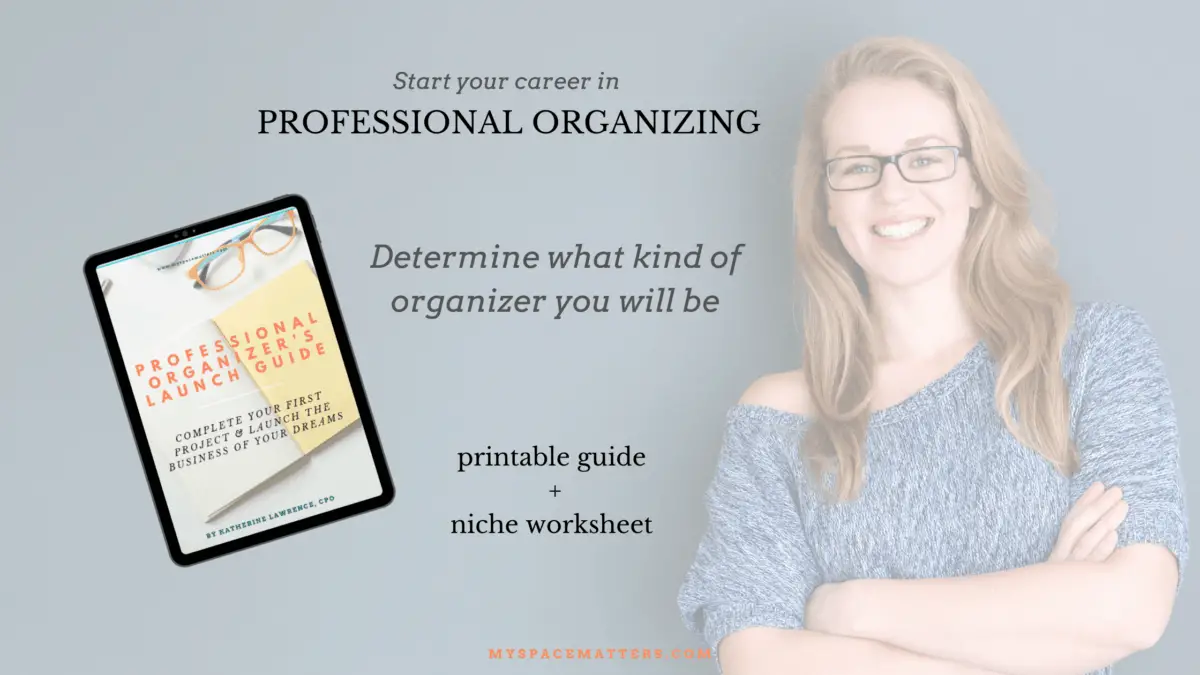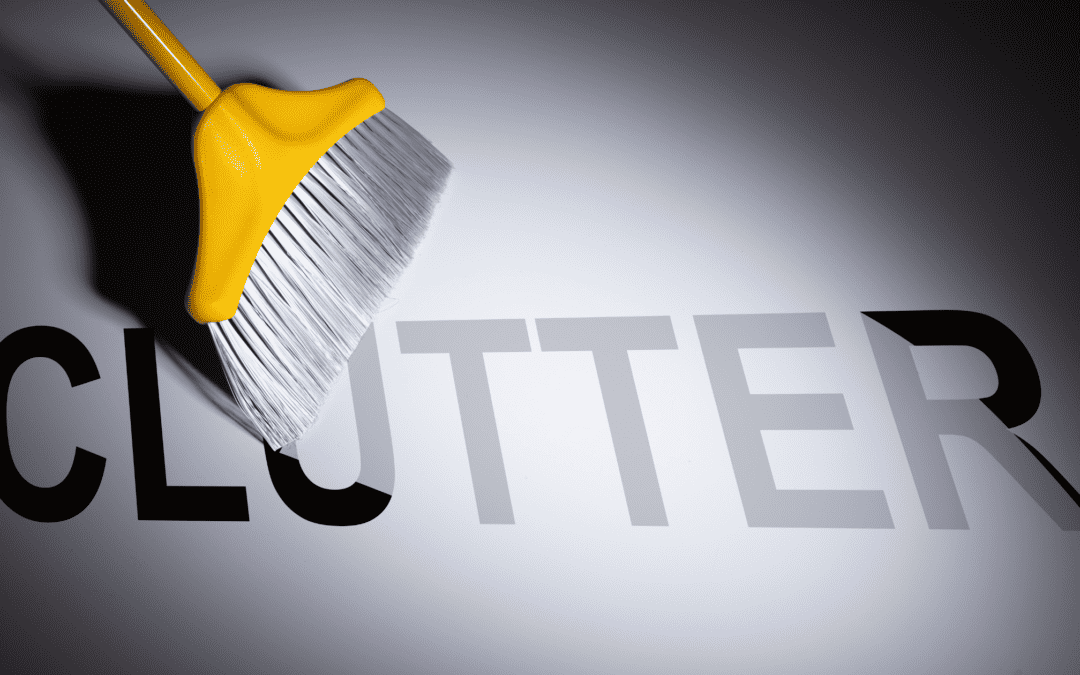As a professional organizer who worked on the Tiffany episode of Hoarders, season 13, filmed in New Berlin, near Milwaukee, Wisconsin and now streaming on Netflix, I am frequently asked about the challenges of clearing out hoarded homes when working with clients who have Hoarding Disorder (HD). In this blog post, I will share valuable insights and strategies from the episode, along with my behind-the-scenes knowledge as one of the organizers. Join me as we explore three key strategies for effectively clearing hoarded homes and supporting individuals with hoarding behavior.
Strategy 1: Doing the Mental Work First
Clearing a lifetime of clutter, and particularly multiple generations of clutter as seen in Tiffany’s house, is a daunting task with a low success rate. To tackle this, it is crucial to start by doing the essential mental work. This step involves preparing your mind, heart, and soul for the letting go process. By acknowledging the emotional significance of items while prioritizing emotional well-being, individuals can put their health and safety, as well as that of their family, above the acquisition and storage of stuff. This insight, as demonstrated by Tiffany’s experience and her participation in Cognitive Behavior Therapy (CBT), can be life-changing and significantly improve the clear-out process.
Strategy 2: Selecting Must-Keep Items or Categories
The second strategy focuses on giving yourself permission to retain a select number of items or categories with particular importance or value. Before diving into the minutiae of the clean-out process, it is essential to identify these “must-keep” items. They can be family heirlooms, important documents, or frequently used essential items. As a Professional Organizer, one effective technique is to provide low adhesive painters tape to clients, allowing them to tag their keep items. This simple and inexpensive tool not only empowers individuals but also builds trust during the clear-out process.

Strategy 3: Patience and Focusing on Larger Categories
The third strategy emphasizes the importance of patience when dealing with emotionally charged or time-consuming items. It is perfectly okay to delay decisions, especially for legal and financial documents, photos, letters, sentimental items, or collections of small things. Instead of treating each item individually, focus on larger categories or collections that can be decided upon in one conversation. Developing an exit strategy is crucial for smoother progress. Tiffany’s experience highlights the significance of this strategy, where she made blanket decisions, such as letting books leave her home without reviewing each one, allowing the crew to have discretionary power during the process.
Final Thoughts:
Clearing out a hoarded home is undoubtedly challenging, but with the right strategies and insights, it can be accomplished successfully. By addressing the mental aspects, giving yourself permission to retain important items, and practicing patience while focusing on larger categories, you can create a more organized and clutter-free environment. If you’re currently working on a hoard-clearing project with a friend or family member, get my Tackle the Hoard course HERE for lots of time-saving strategies and resources.
Together, let’s create a life with less clutter, making space for the things that truly matter.
Thank you for reading, and until next time!
ARE YOU INTERESTED IN BECOMING A PROFESSIONAL ORGANIZER?
If you’re someone who LOVES organizing, consider starting your own organizing business.
Get a copy of my free guide “Professional Organizer’s Launch Guide” HERE.

There are many things to consider when starting an organizing business including:
- When will I name my business?
- Where will I find clients?
- How do I become an organizer?
- Do I need to be certified to get started?
- How will I structure my business?
You have come to the right place!
When you are ready to start your own professional organizing business, check out all my courses on working as a home organizer. My course bundle has the best prices on courses so that you can create and market your organizing business and design a system of organization that will work with all your clients no matter how small or large their volume of clutter is! Check out the course bundle here: Online Boot-Camp for Organizing Bosses
You can also check out my other blogs on how to start a home organizing business:
- How to Start a Professional Organizing Business in 2021
- The Ultimate Reading List for (wannabe) Certified Professional Organizers
- How to Create a Name for your Organizing Business
- 7 Ways to Get Clients for your Professional Organizing Business
Happy Organizing!
Katherine Lawrence, Professional Organizer and Coach








![Organized Living: Solutions and Inspiration for Your Home [A Home Organization Book]](https://m.media-amazon.com/images/I/41YV91X2muL._SL160_.jpg)


